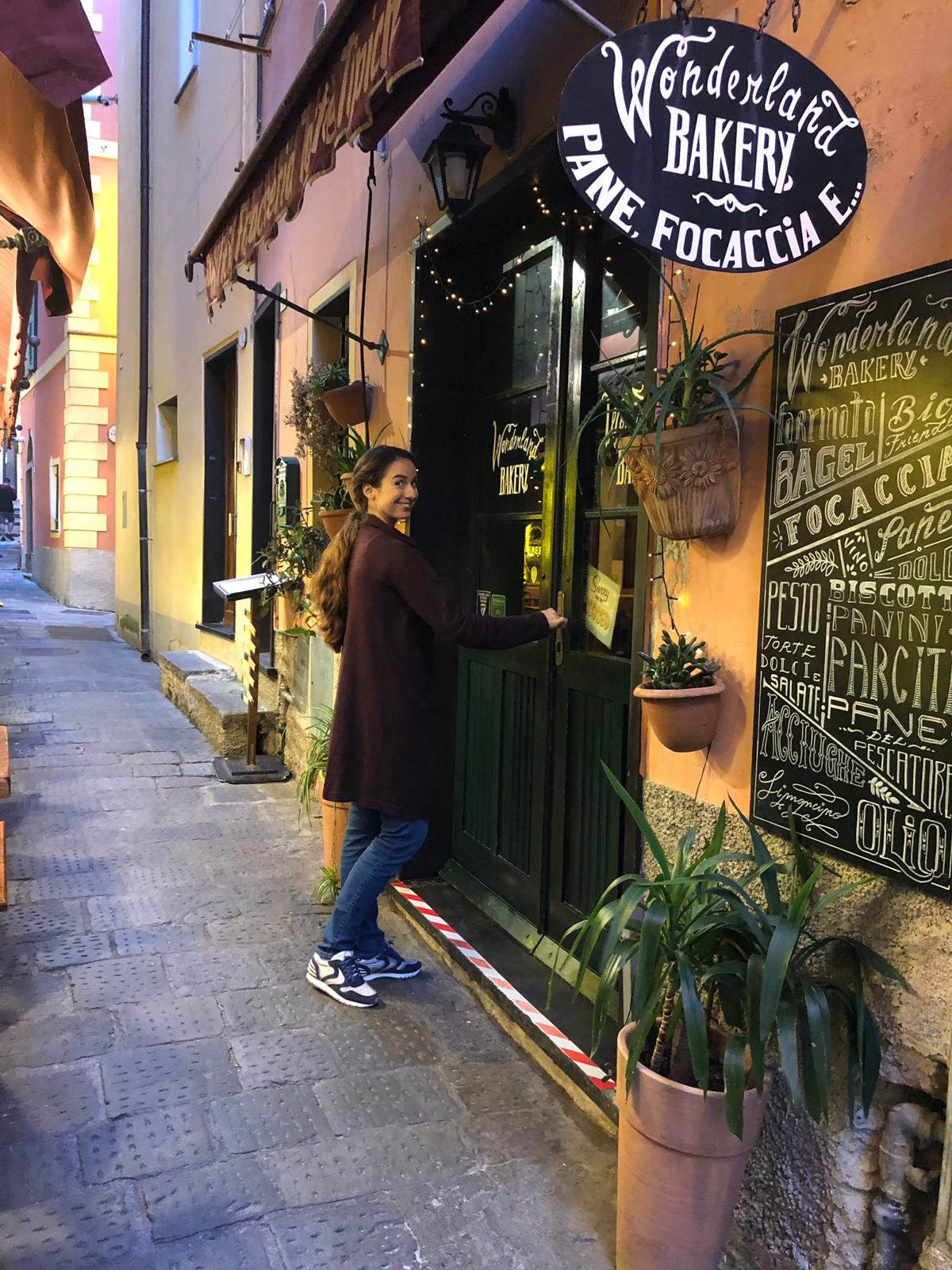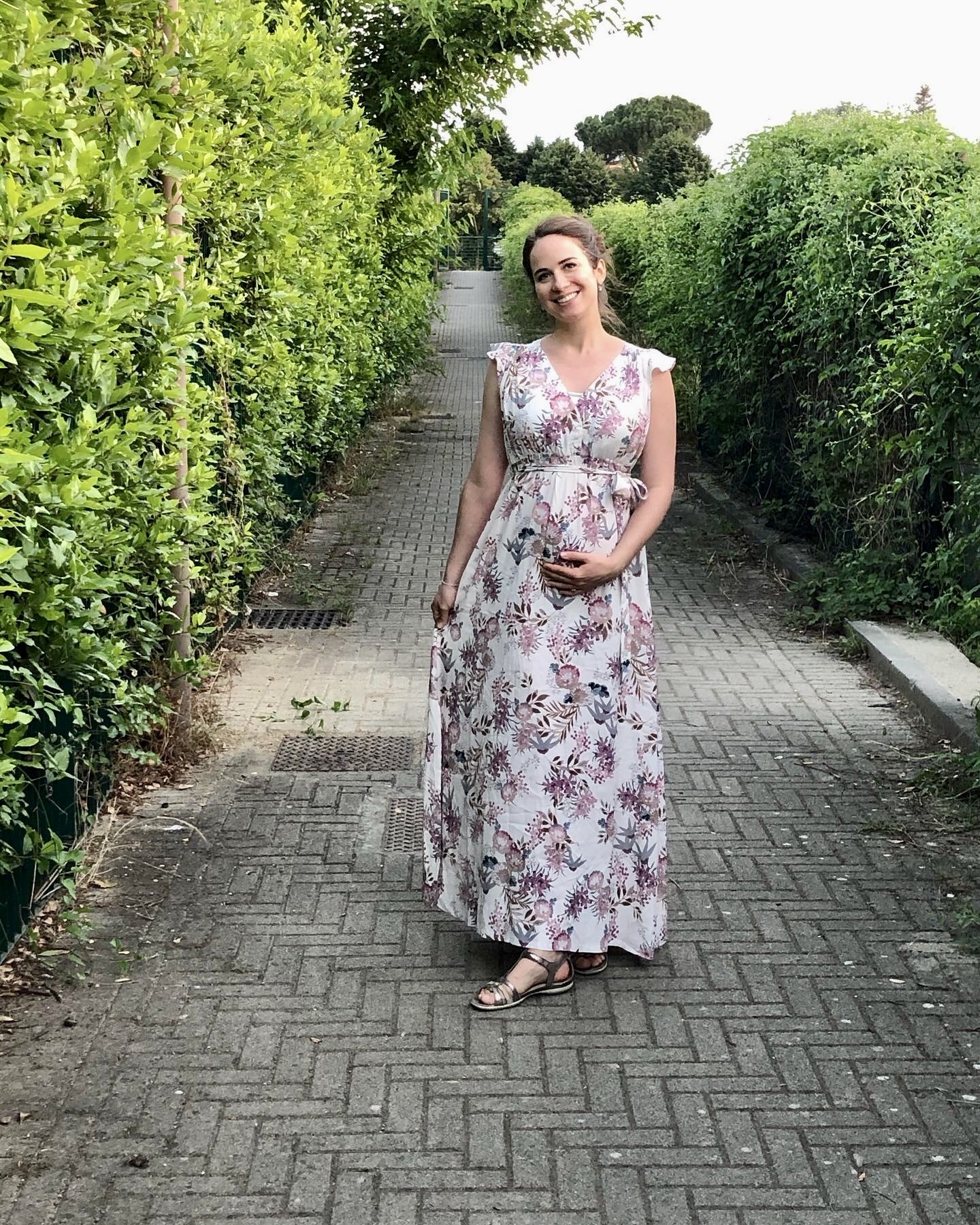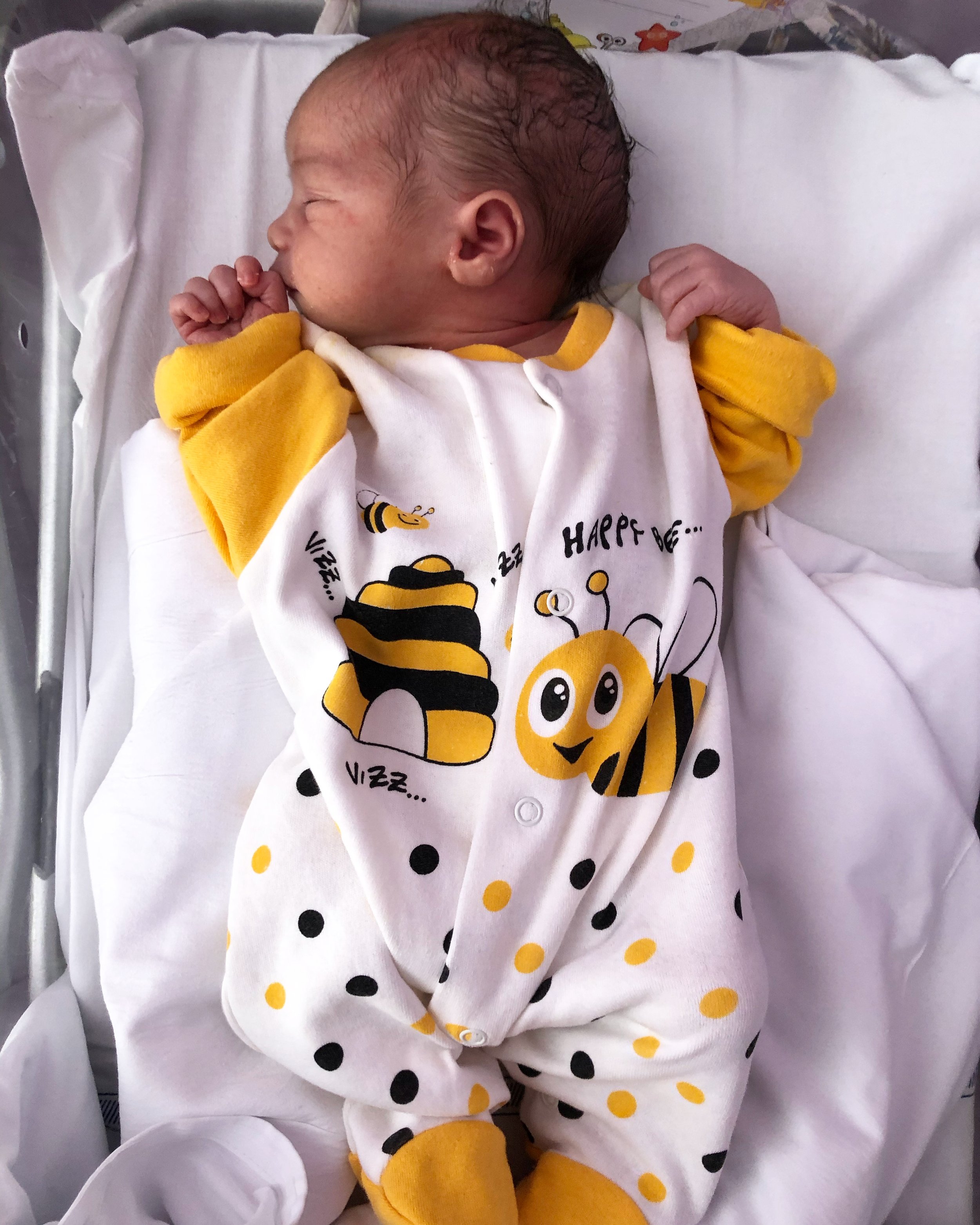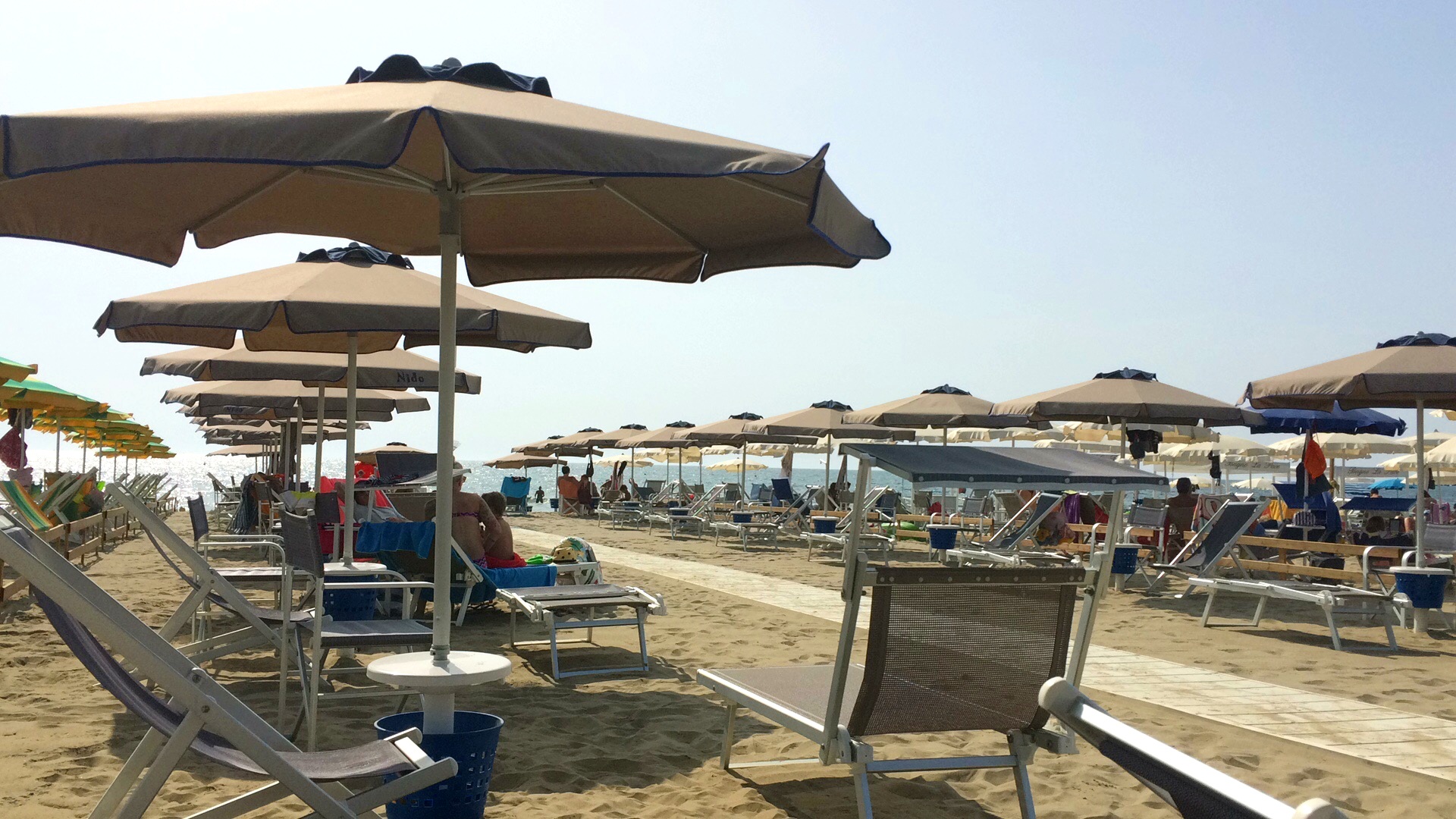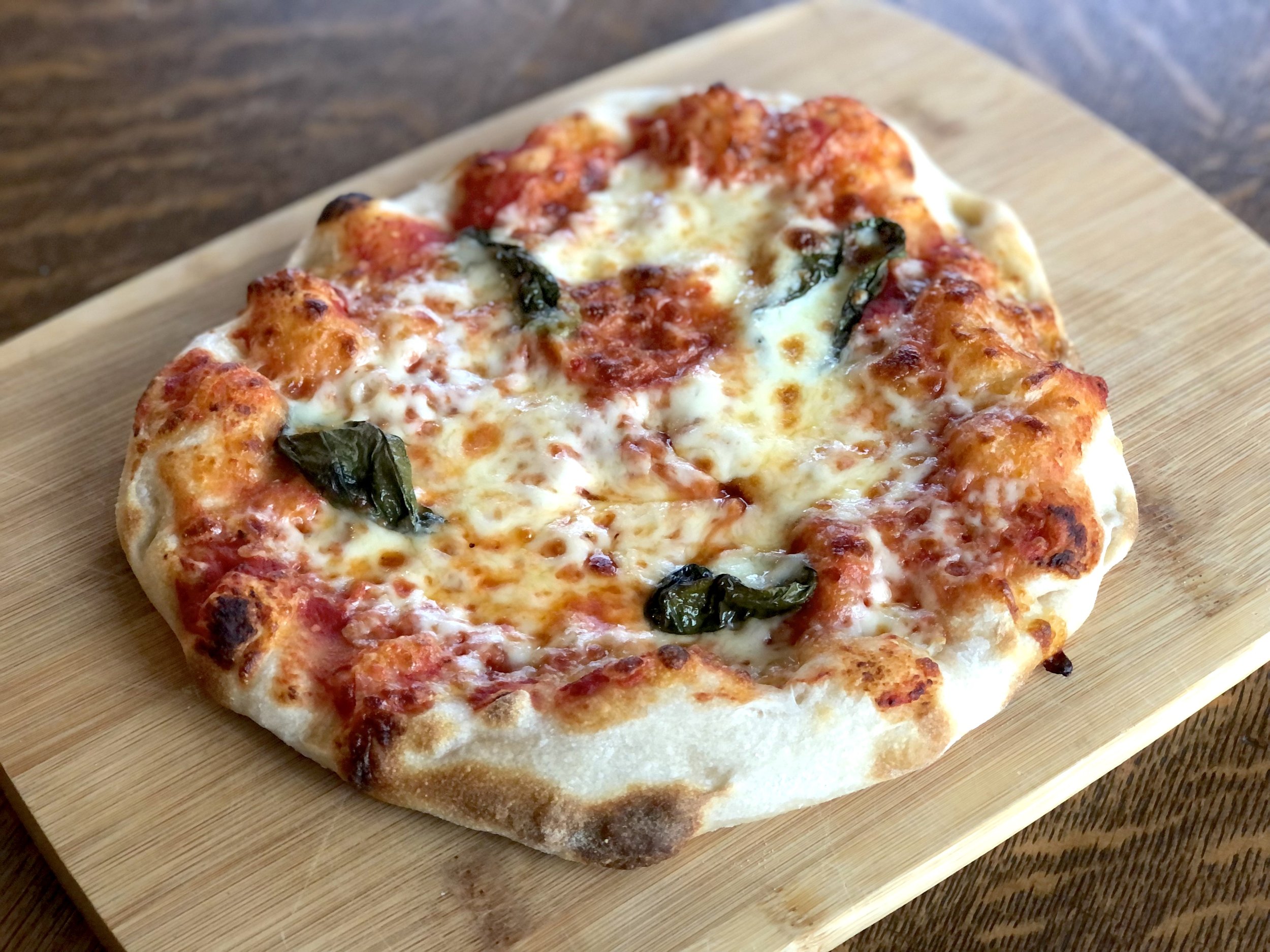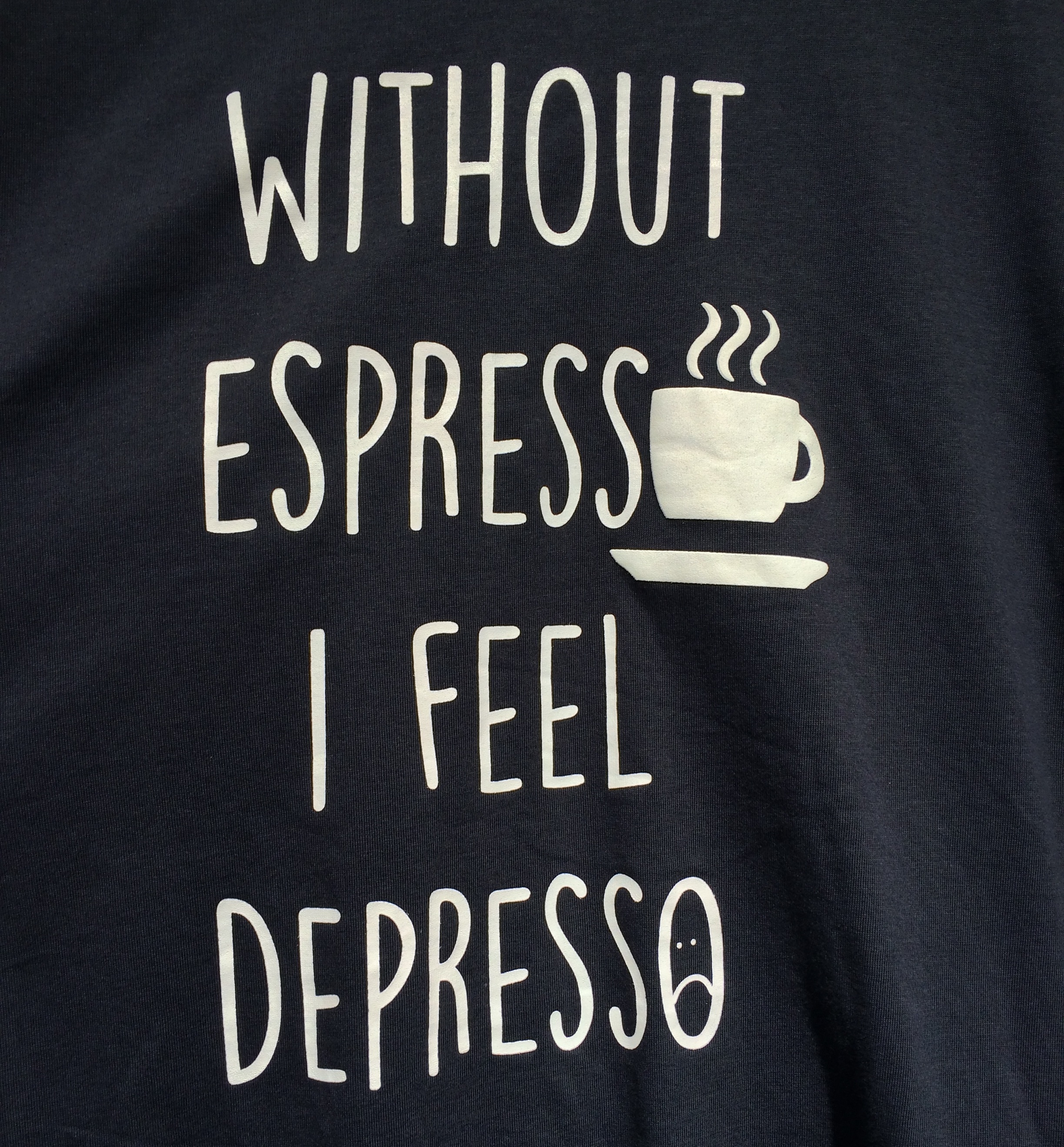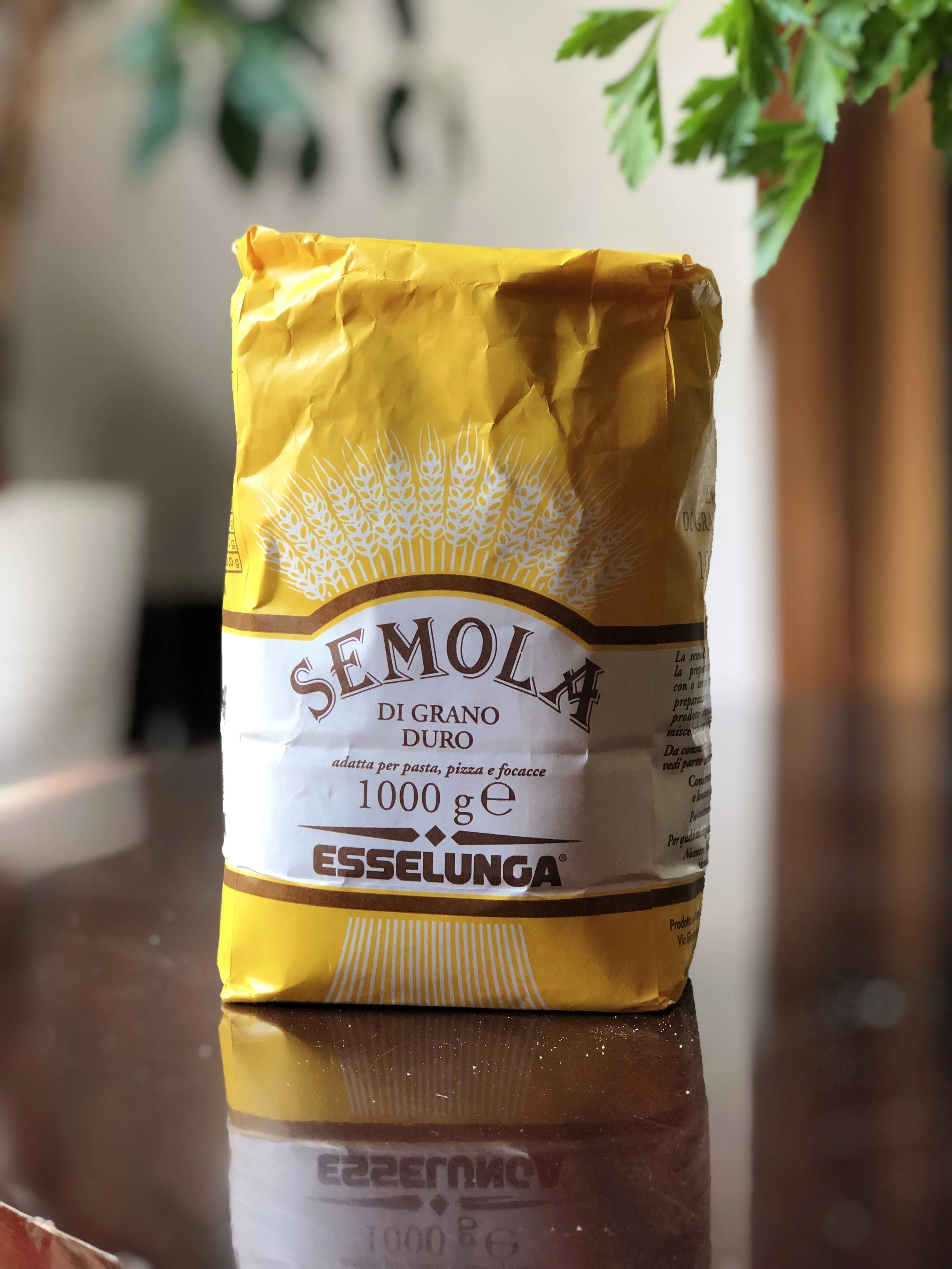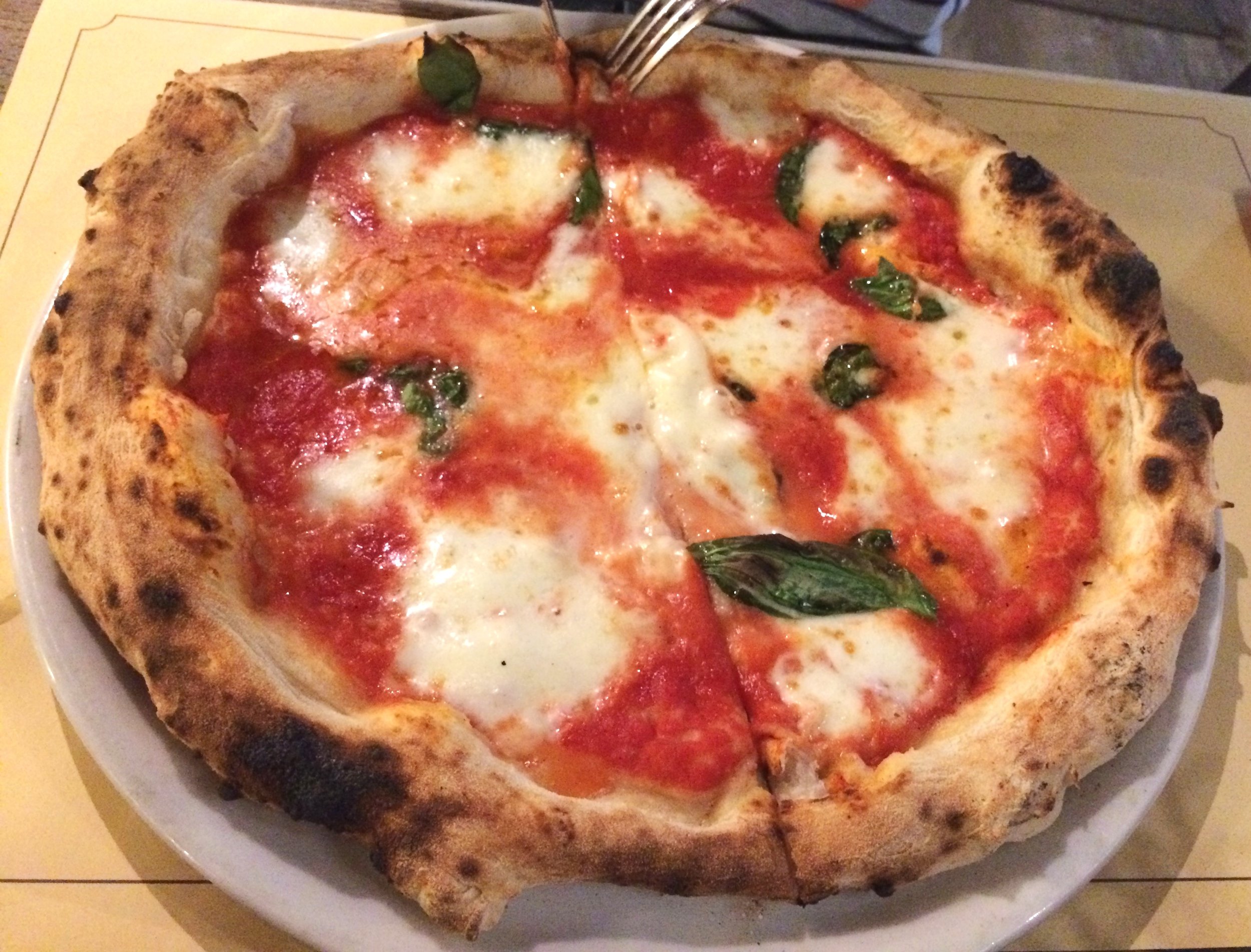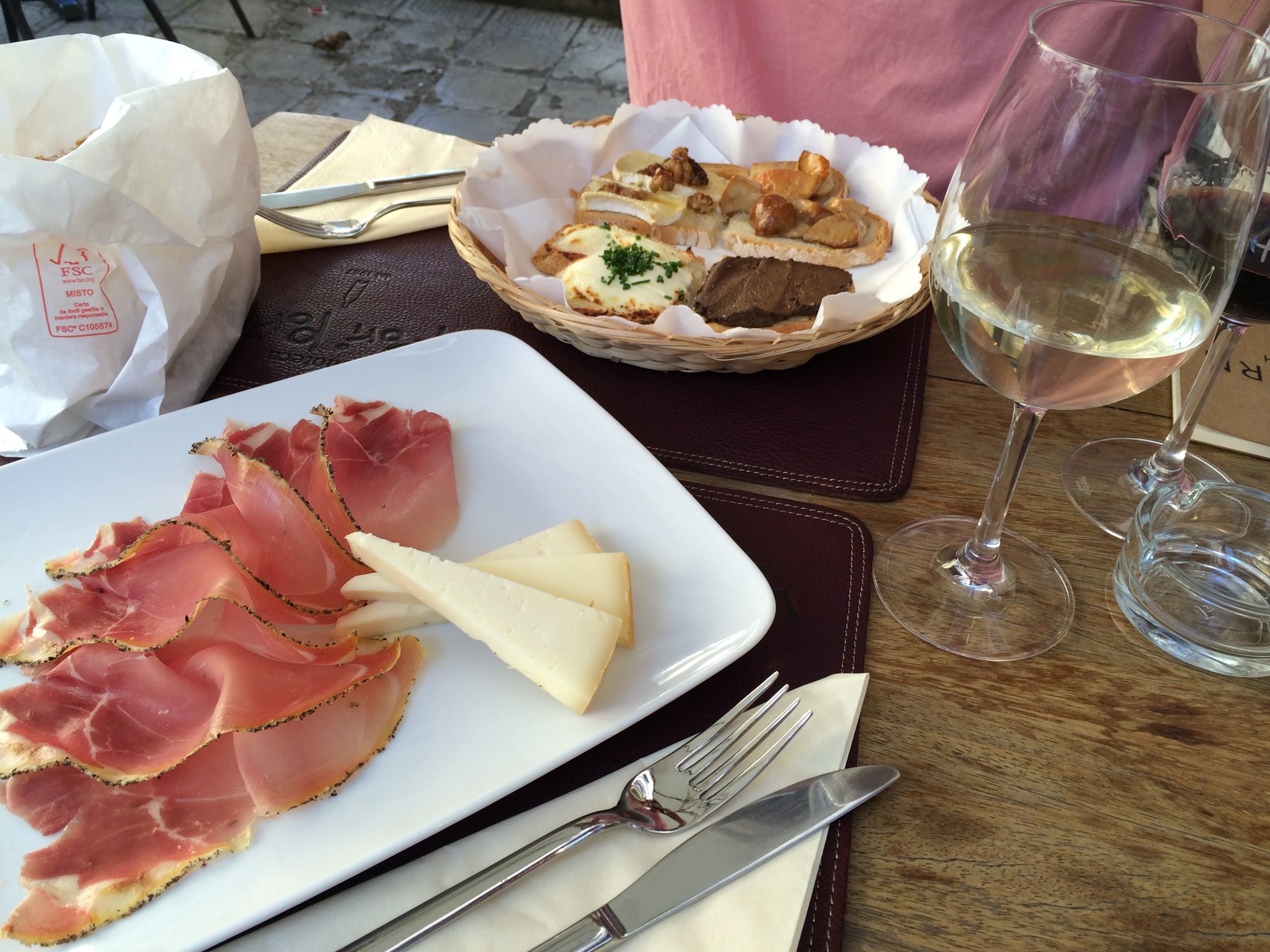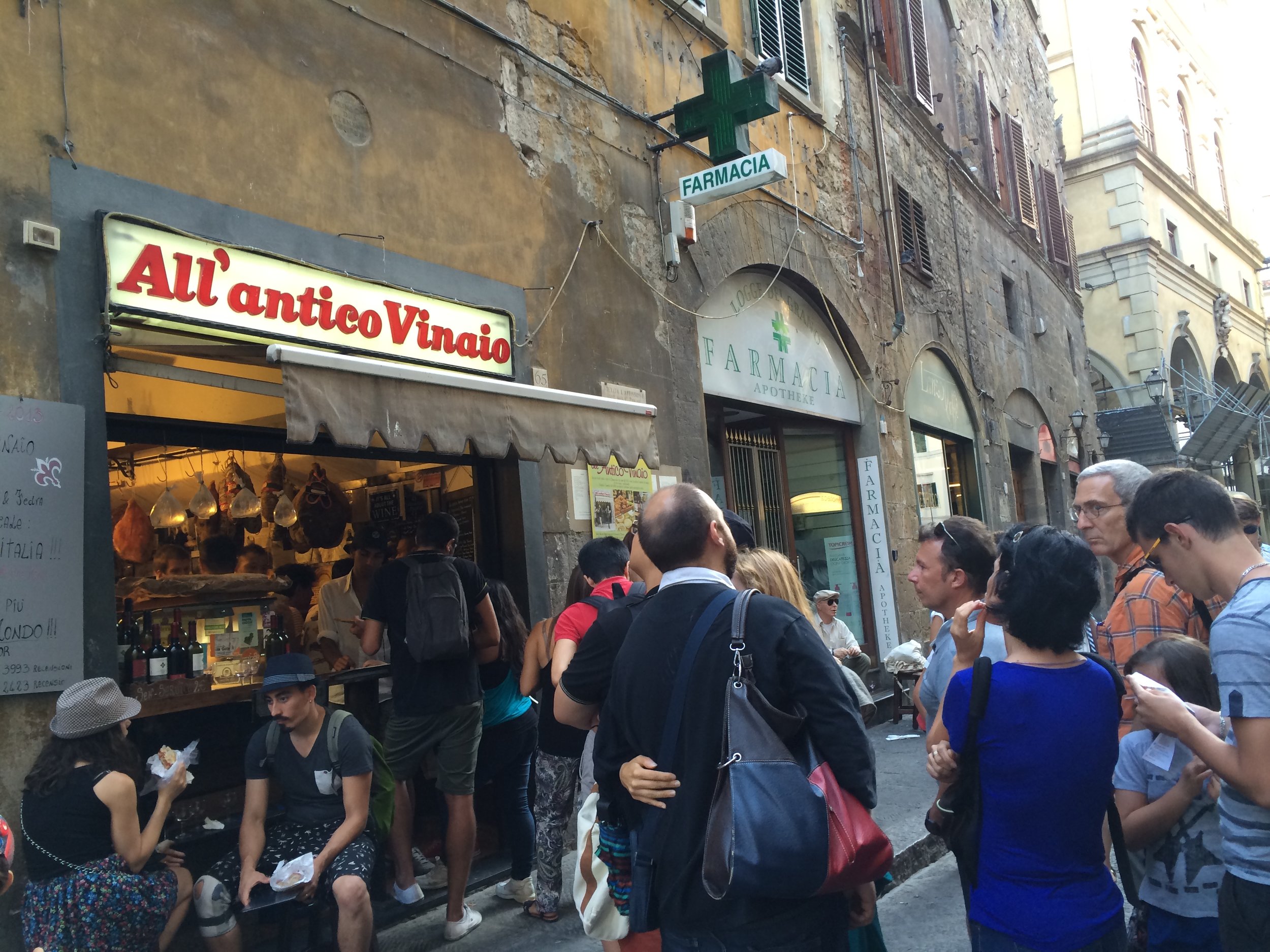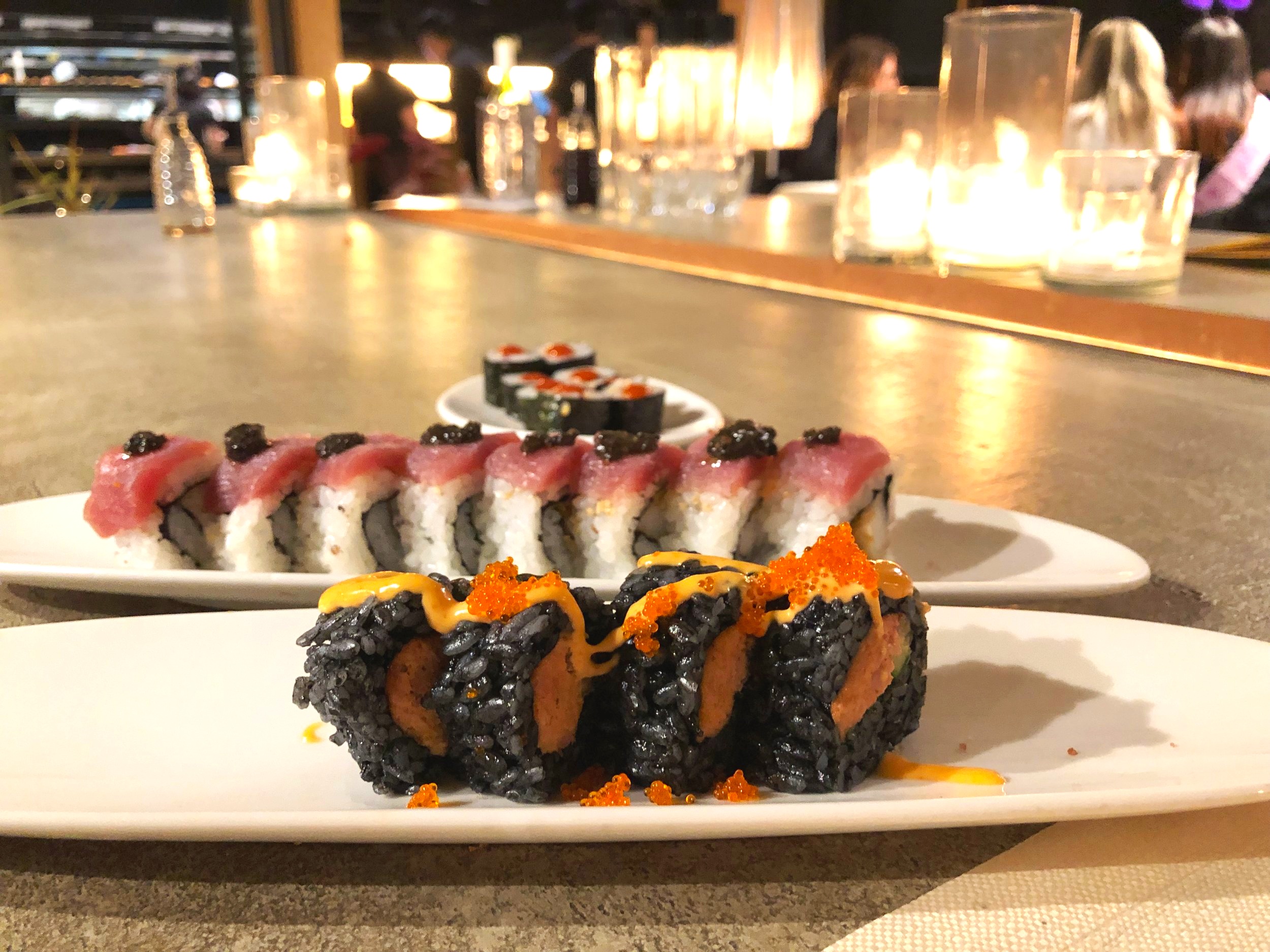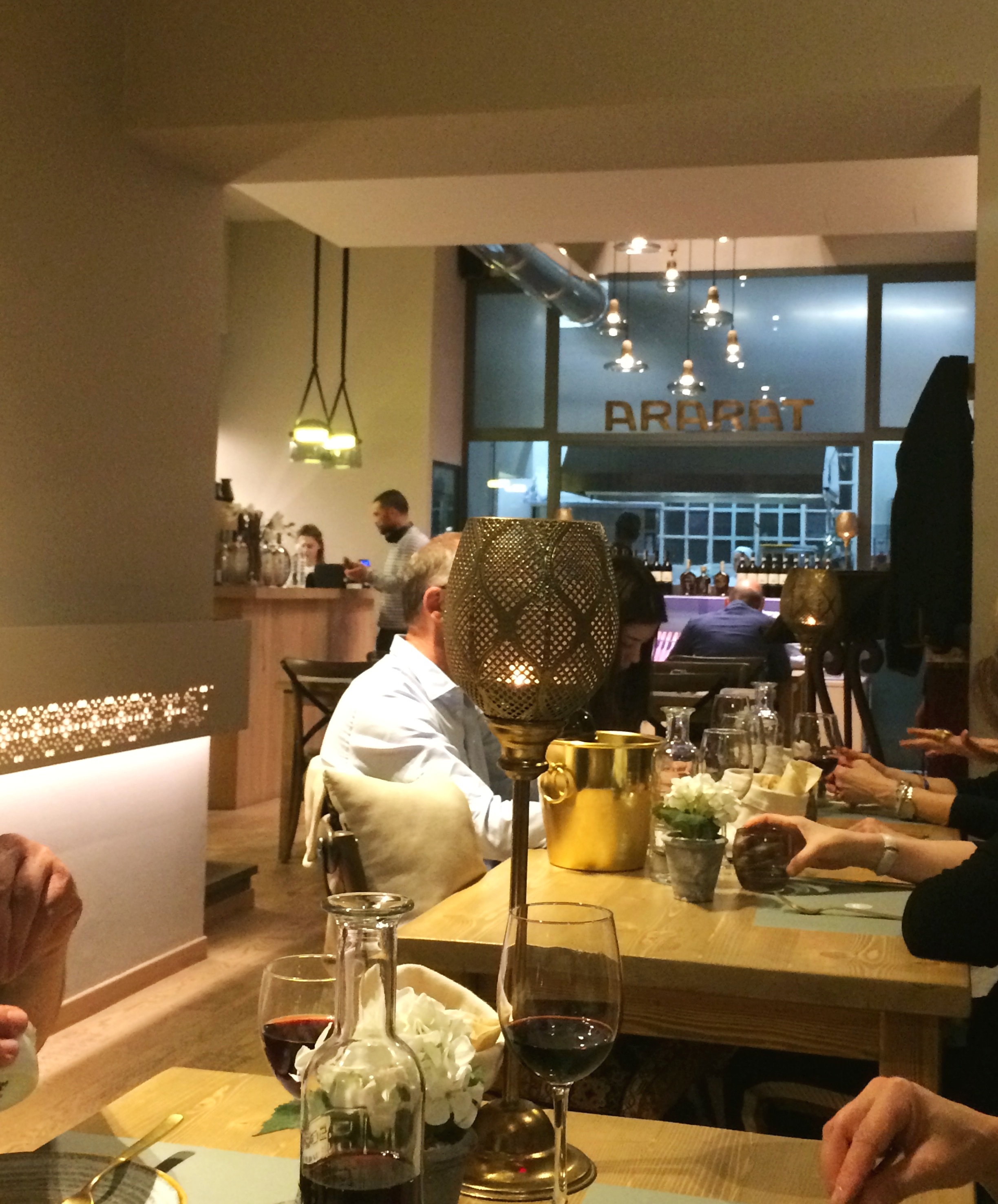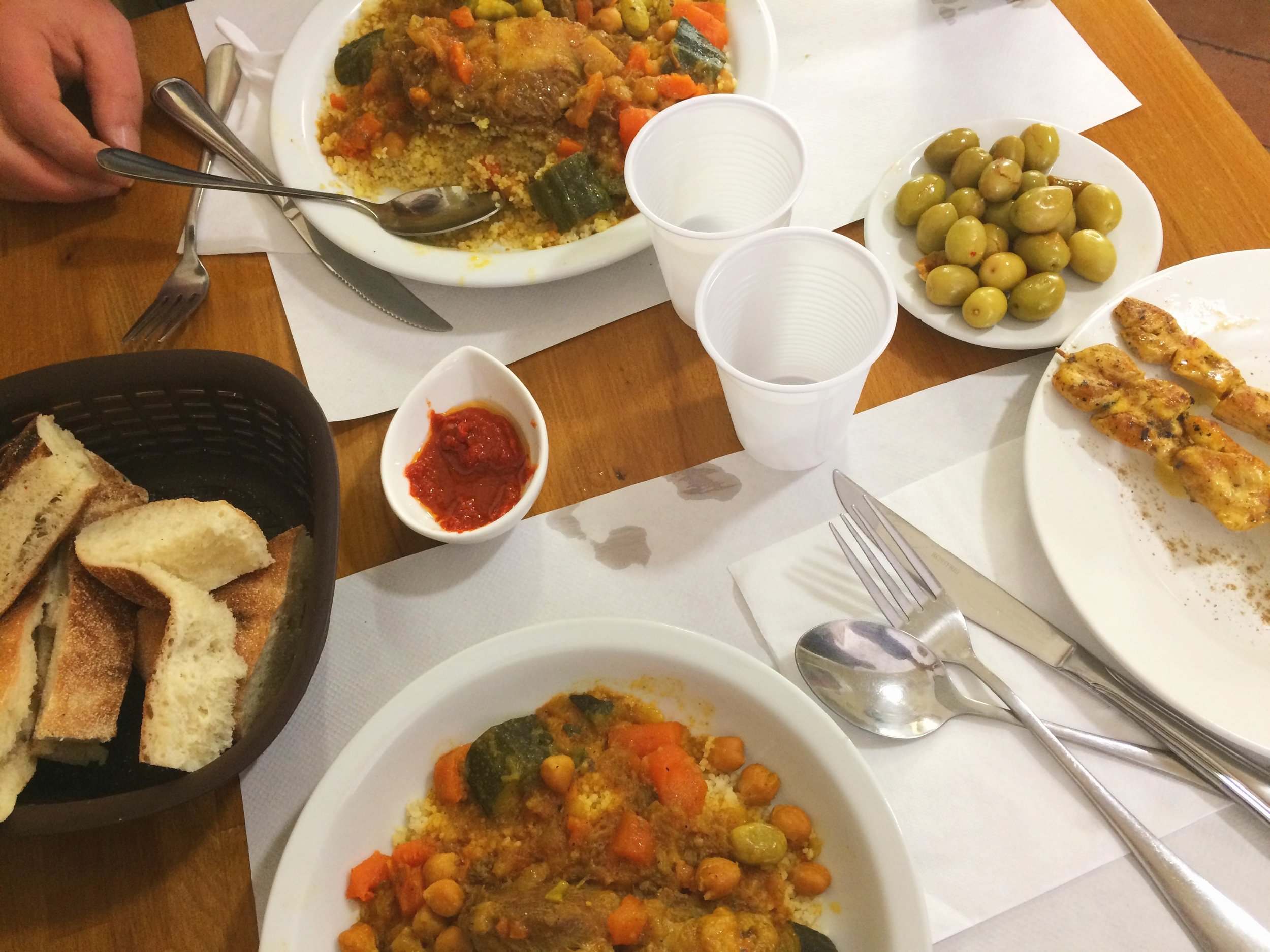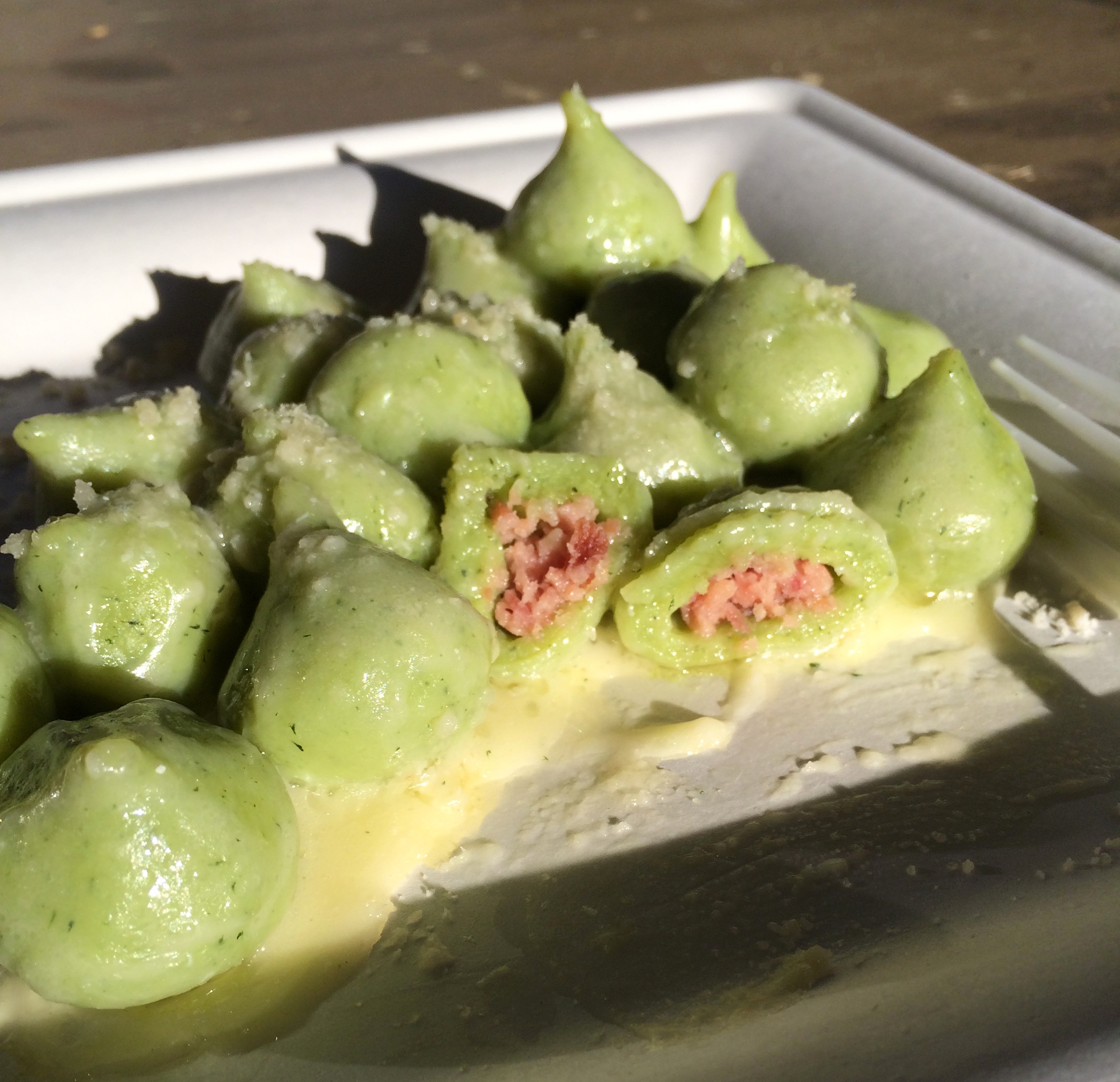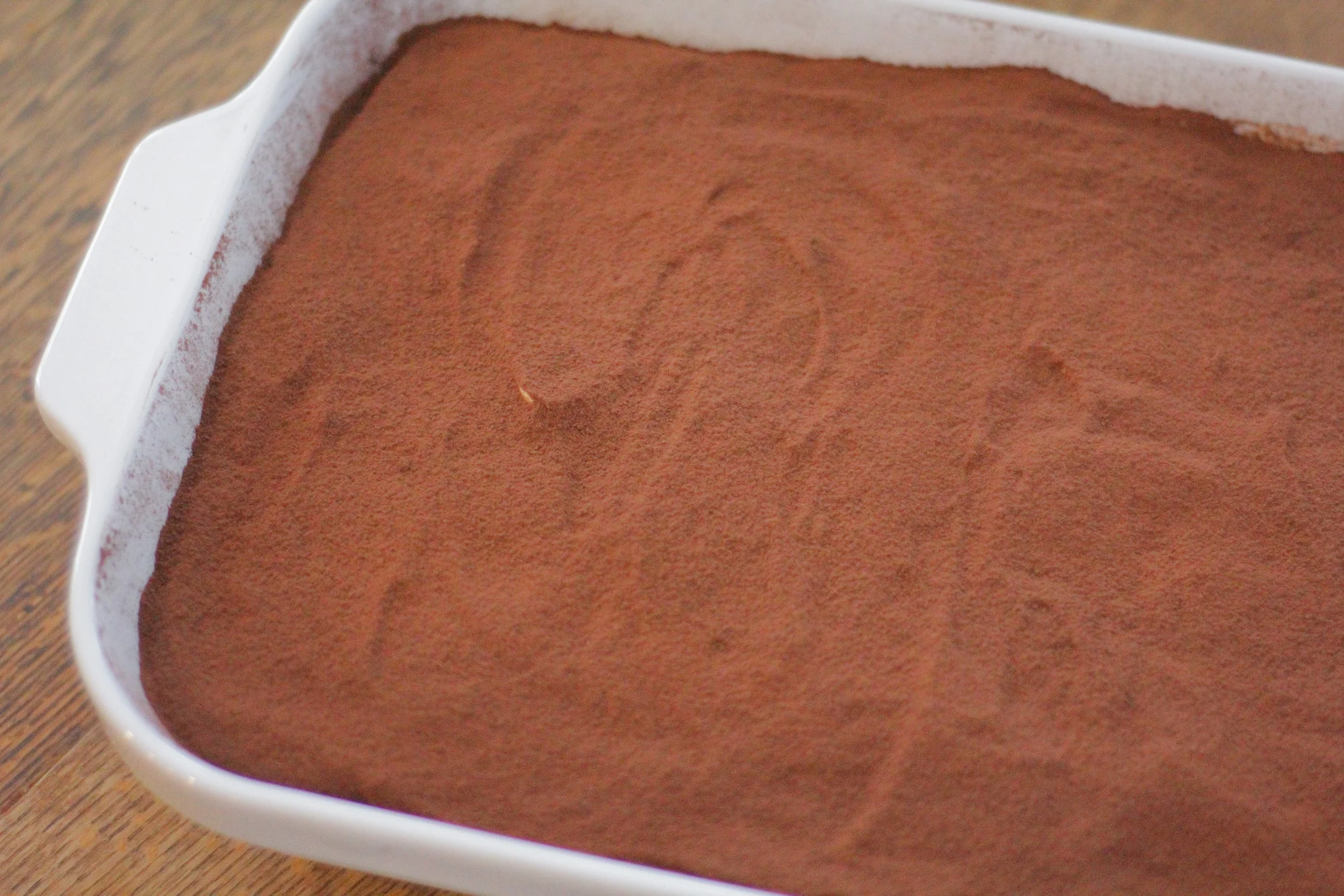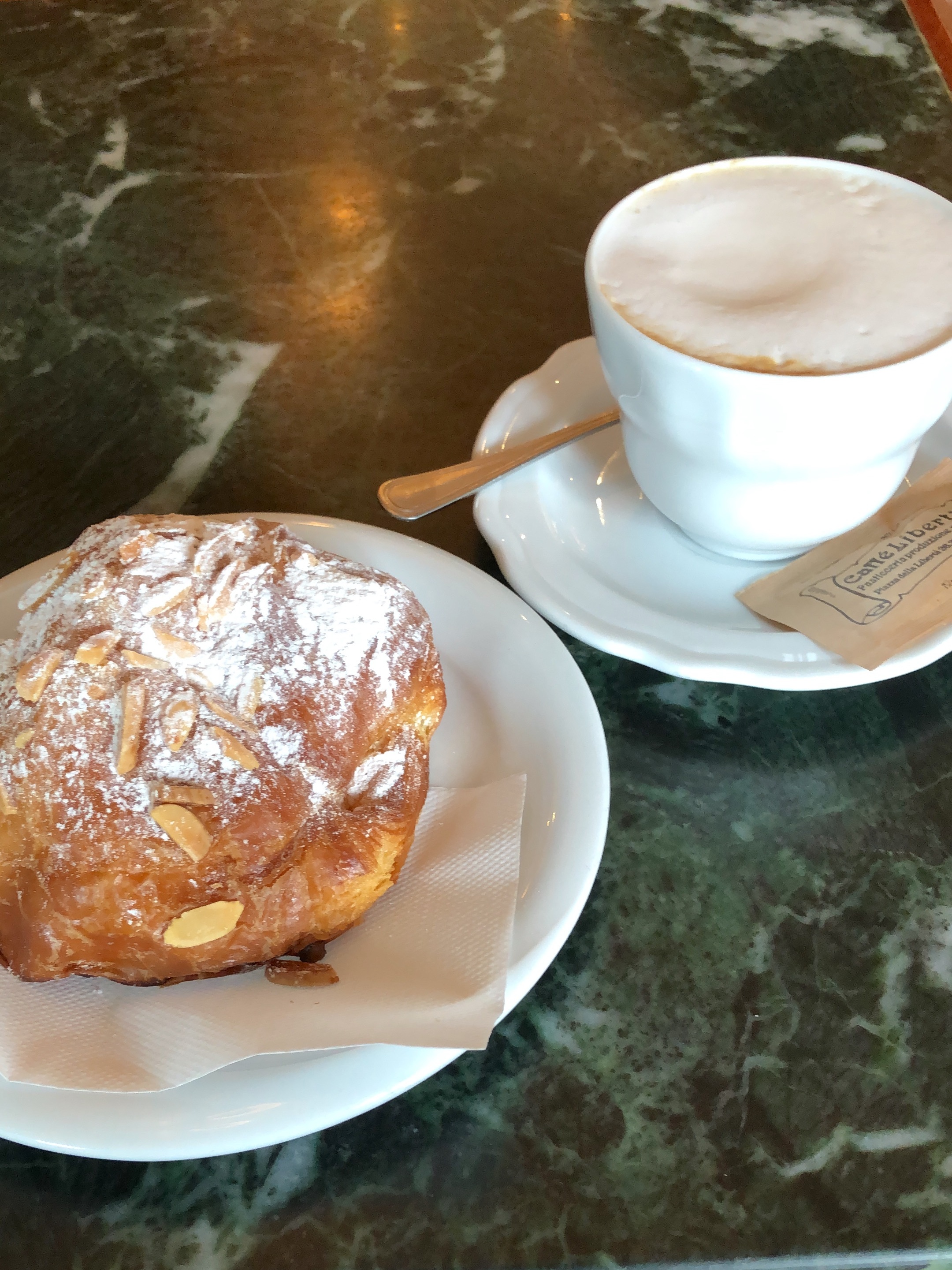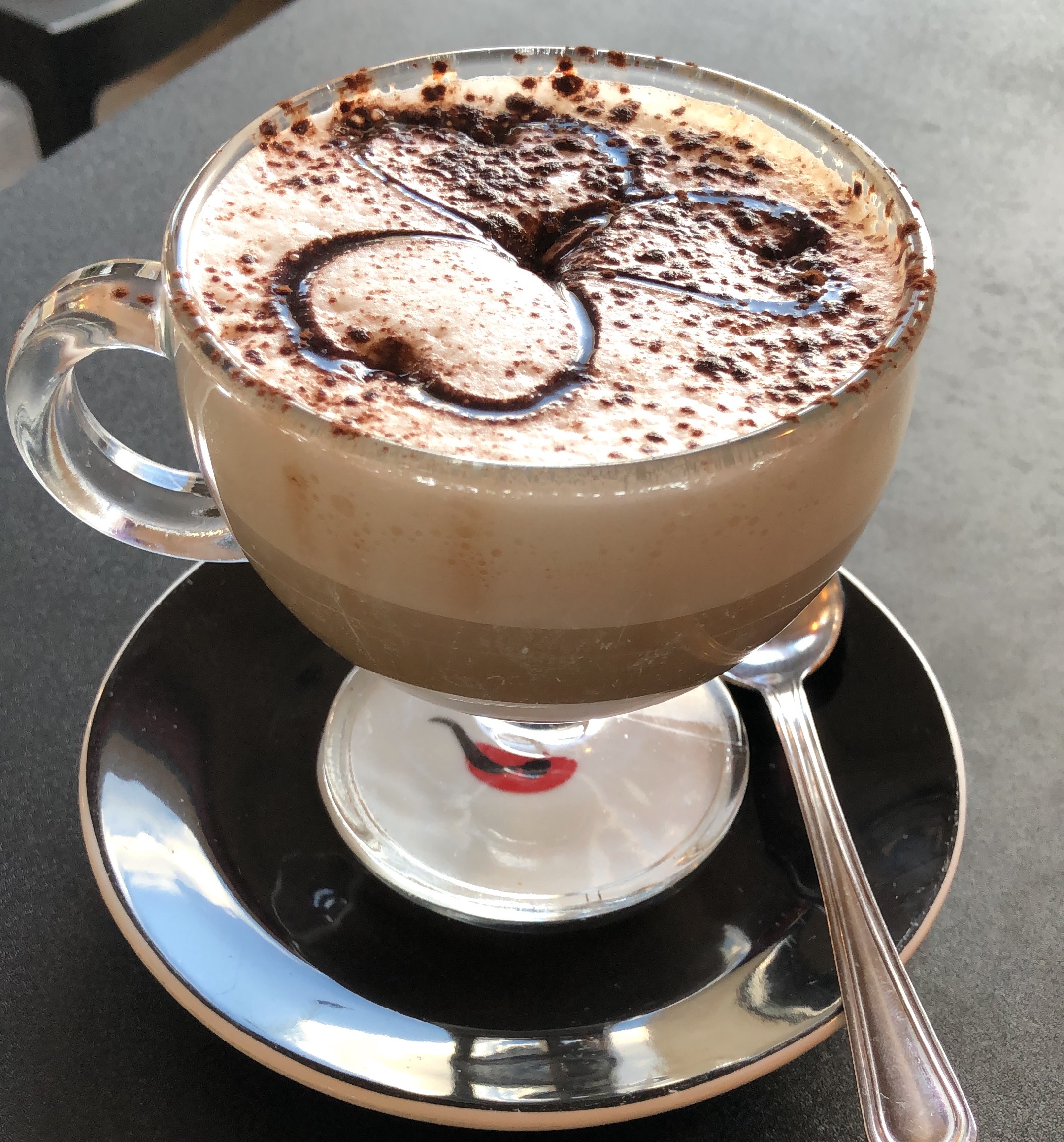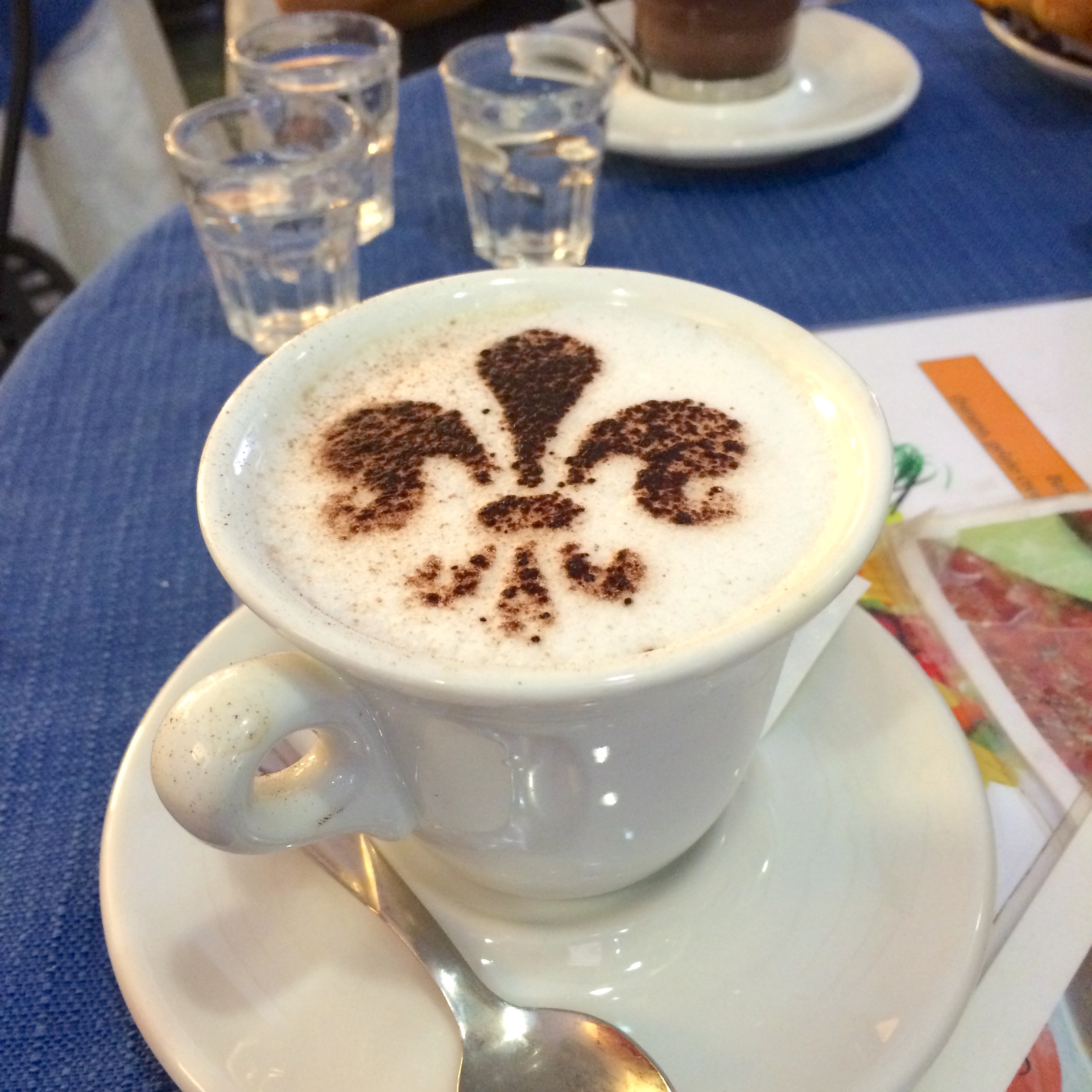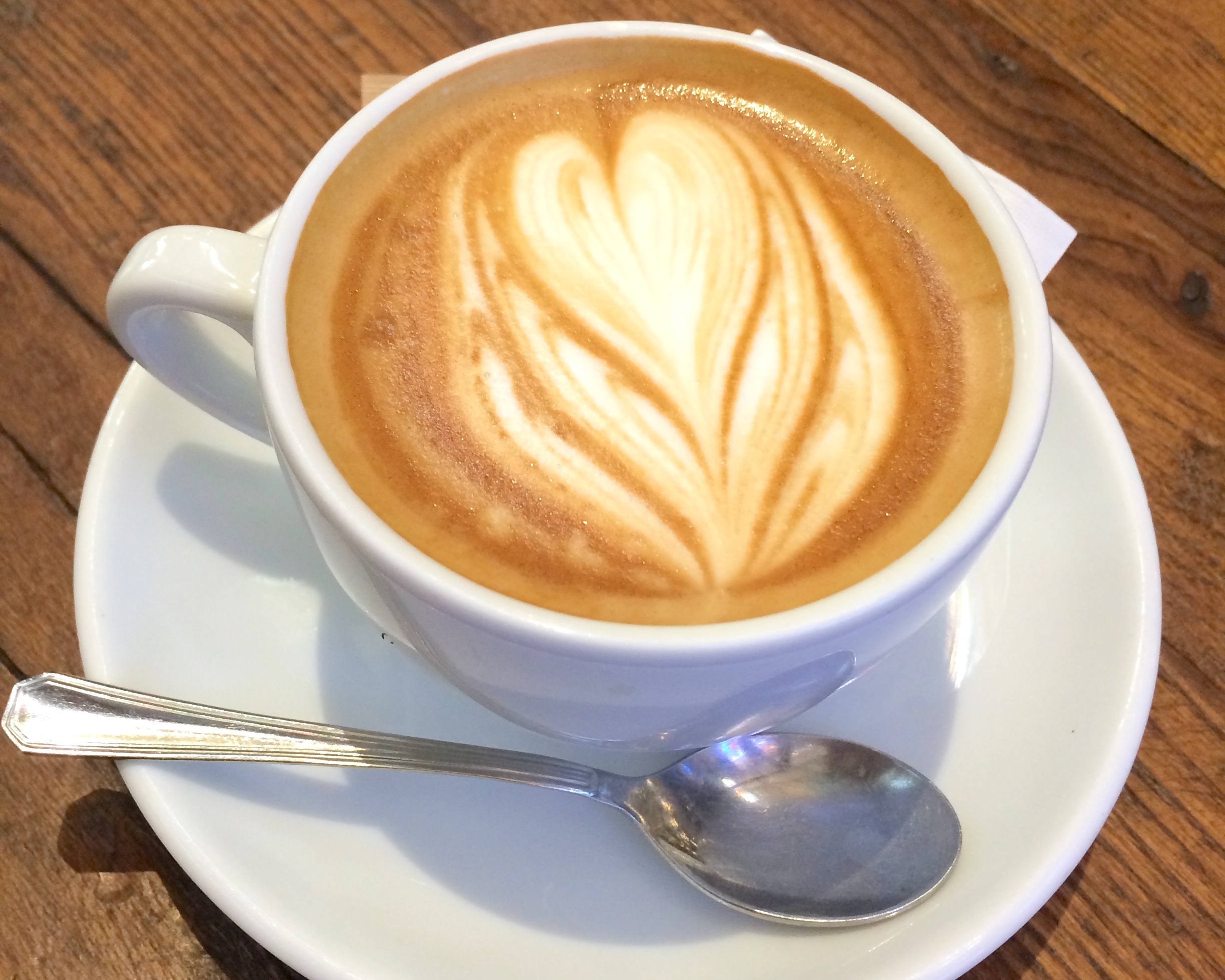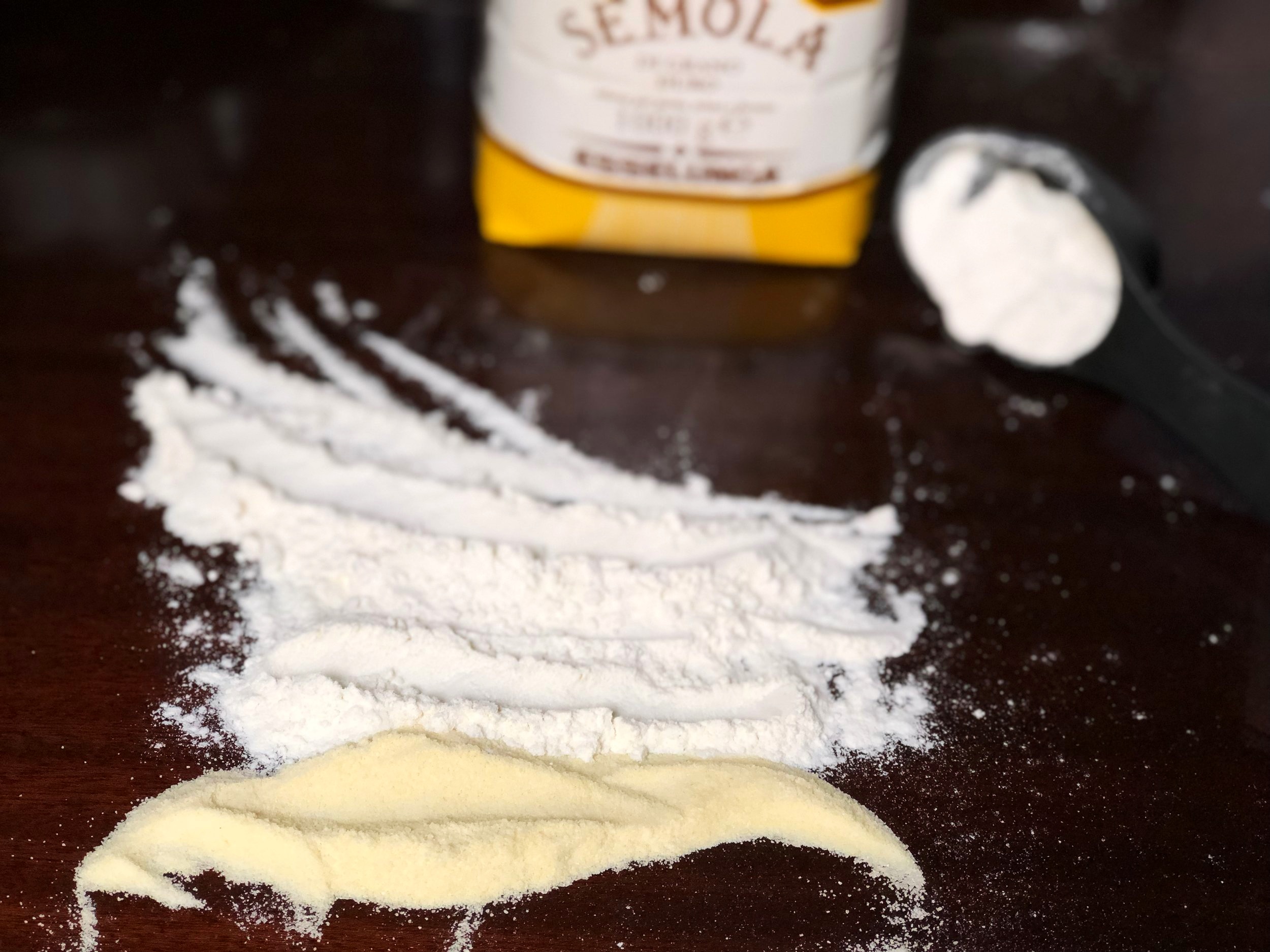Pregnancy: The Italian Edition - Part 1
/Oh, hello there! Continuing on with this newer branch of posts of pregnancy in Italy and all things related.
If you’re reading this, I’m going to hazard a guess that you’re either curious of what pregnancy is like in Italy, or you or someone you know who lives in Italy is pregnant. Either way, welcome, it’s an interesting experience to say the least, and hopefully an interesting and informative read. While many women share their birth stories (and I love reading those!), it might be unusual that I’m sharing here my “pregnancy story.” But the whole experience was so…ahem, different, that I wanted to share it. I’m also seriously considering a Postpartum: Italian Edition. Hahaha.
Click here to read Part 2 of Pregnancy: The Italian Edition or skip ahead to Part 3 of Pregnancy: The Italian Edition
A few things before I get rolling.
What follows is an in depth recap of my pregnant experience in Florence, Italy. It might ramble, but it does me good to write it out and it just may be helpful, or at the very least, entertaining to someone out there. Someday, maybe, my child will read this and realize what I went through for him. Ha! :) What every mom goes through, really, but Italy’s just a treat. Just….a treat. That said, speed-reading and scrolling aren’t offensive to me, I won’t even know if you do. Scroll away.
This is my first pregnancy, so while I may do a lot of comparison/contrast with the US, I have no first-hand experience of being pregnant or giving birth in the US (Update: I’ve now had 2 children in the US and have first hand experience the difference between birth in the USA and Italy!). However, my mom has had five kids in America, not to mention most the people I know, plus I have family who work as baby nurses, lots of nieces and nephews, and my doula lives in America, so I do have lots of shared information from them.
This pregnancy was also largely lived in the midst of a world pandemic. Heyyyy, 2020. If you are, like me, an expat living in Italy and pregnant and reading this blog for information, keep in mind that my experience will probably be somewhat different than yours. World pandemic aside, your experience would probably still differ from mine in some aspects, because. Italy. The land of inconsistency.
When I refer to pregnancy by weeks, i.e. 20 weeks pregnant, I am going by the commonly used system in the medical world of counting from the first day of the last period. I use this to avoid confusion as it seems to be the mainstay in both Italy and the US, even though the first “two weeks” of pregnancy by this system a woman is not technically pregnant. I believe back when my mom was having babies, and in the world of Ina May Gaskin, they tend to count from the day of conception, usually about two weeks after a woman’s period. This means this more “old fashioned” though realistic way of counting gives you two weeks less of pregnancy. So while my midwife might say, you’re 20 weeks pregnant, technically, as my mom would say, you’re 18 weeks pregnant.
Here goes nothing:
Pregnancy: The Italian Edition - Part 1, the First Trimester
Chapter 1: Finding out you’re pregnant
Tada, two bars!
Annnnd now what? I decided not to immediately rush off to the doctor, as from what I had understood, they would probably just confirm the pregnancy, telling me what I already know. There isn't a whole lot you can do in the first bit of pregnancy, other than ride out the symptoms and do what I already knew to do; avoid the pregnancy prohibited foods, take a good prenatal vitamin, get good rest, etc. At least, that’s how I heard it works in America.
Chapter 2: Confirming your pregnancy with your doctor
I waited until I was 9 weeks pregnant, then after talking with my husband and mom, decided it was time to go to the doctor. First step was to go to my primary care doctor, who, as I had understood from some other blog posts about pregnancy in Italy, would order the test to confirm the pregnancy. Then I would have to get the pregnancy booklet and be assigned a midwife or gynecologist to follow me through the pregnancy. Something like that.
In Italy, once you sign up for the national healthcare and get your tessera sanitaria, or healthcare card, (which should be valid for as long as your permesso is valid) you can then choose your primary care doctor. Unless you’ve heard of someone you want specifically, your doctor is usually chosen based on proximity. I chose mine because he has an office less than a 10 minute walk from where I lived. Primary care doctors can have up to 3 different offices throughout the city, and are at each office on different days only for 3-4 hours at a time. You should receive a paper at the time you choose your doctor which lists office hours and locations. The offices are quite plain, and you are usually seen on a first come first serve basis. They might have an examination table, but from my observations it’s more decorative. I see the primary care doctor as more of a stepping stone. He’s mostly good for prescribing medicines for common complaints such as colds, flu, rashes, etc. If you need to see a specialist or have any kind of exams done, you will be given a “ticket” which will allow you to make an appointment through the “CUP” system or enable you to go to one of the offices where they do tests. I have yet to see a doctor do more than ask a few basic questions. Never once have I or my husband had our eyes, ears, nose, blood pressure, weight, height, or any of these basic checks done while visiting a family doctor, no matter the complaint.
My husband and I walked to the doctor’s office and waited about an hour before it was my turn. We told him I was pregnant, he congratulated us, then asked for my card. What card if not the tessera sanitaria? I always love these situations where people ask me for things that I don’t have or know what they’re talking about. Apparently without this card (not my tessera sanitaria) he couldn’t put me into the “system” to give me the appointment ticket. He told us to talk to the secretary, as she could help us understand what card this is and what it looks like, based on where I had signed up for my tessera sanitaria. Apparently when I signed up almost two years ago I was given a little paper card that I’m supposed to bring to my chosen doctor the first time I see him. The secretary described what it looked like and told us we can come back tomorrow evening with the card. This was frustrating to me since I had seen the doctor once already and he didn’t ask for this card then, probably because he prescribed me a medicine and that was that, there was no need to put me in the system for further appointments. I went home, located the card, and sure enough written at the bottom was, “bring to doctor at first visit.” Well I’ll be. The next day my sweet husband offered to precede me to the doctor’s office and call me when it was almost my turn, so I wouldn’t have to wait again while feeling sick. That wasn’t even necessary since the secretary took the card and told my husband to come back in an hour, she would take my card in to the doctor herself and get the appointment ticket. A little more than an hour later my husband was back home and I now had the slip to make the appointment with a gynecologist.
I headed to the ASL (healthcare agency I think is what you might call that in English?) near Santarosa where you can make appointments through the CUP system in person. After getting a number and seeing how many people were ahead of us, we got a cappuccino and pastry from the lovely next door bistrot (Santarosa Bistrot) while we waited, then headed back in time for my number to be called. The signora took the appointment slip from my doctor, and made me an appointment with a gynecologist for 6 days later. 6 days is great, considering these appointments can range from weeks to months in the future, or I’ve even heard “don’t even dream about getting an appointment they’re so booked out.” So yes. 6 days is great. Especially because pregnancy is not a lifelong condition.
Chapter 3: First appointment with a gynecologist or midwife
6 days later I was off to my first appointment with the gynecologist. Searching for the office where my appointment would be on Google maps, I noticed it was quite far from where I lived. It would take over an hour in public transport to get there, for an appointment at 9:20am. Oh well. This is Italy.
A train ride, a tram ride, a bus ride, and a short walk later, I was near to where my appointment would be. I had a lovely headache and nausea that had me planning the nearest safe place to up-chuck at any given point. Thankfully I didn’t, and a little plain croissant somehow managed to greatly ease my nausea and headache. Not mad about it being a croissant.
I found the office, was told where to go and wait, and after probably 15 minutes was called back by the doctor. I sat down opposite her, and she asked what she was doing for me today. I told her I was pregnant and took her completely by surprise. Oh! That’s wonderful, but strange there was no note made by my primary doctor at all that this was a prenatal appointment; she was expecting a routine checkup. She asked if I had had this pregnancy confirmed? Just by an at home test. She asked some general information and health history. When she calculated how far along I was, she was yet again surprised. You’re already 11+3!? (That’s 11 weeks 3 days, if you are like me and wasn’t quite sure what the “+3” is for) Yep. At that point she started to act a little harried, because I was coming in so “late,” and wasn’t shy about letting me know that. (Er, I’m sorry for not knowing? I’m sorry my primary doctor didn’t even ask how far along I was and didn’t make the correct notes and didn’t tell me at all the next steps, and that maybe I should get on it asap? Yes, I can be very sassy in my head.) Another gynecologist came into the room and started helping as well, especially once they found out I didn’t have the pregnancy booklet of appointments yet, which you need a separate appointment to get. You see, the national health care for pregnant women is completely free, aside from any extra tests a doctor may recommend and prescriptions, and all the tests that need to be done throughout the nine months are contained in this Libretto di Gravidanza, or pregnancy booklet. Each test can only be done in a certain window of time in your pregnancy, and if you miss this window, you would have to go and get these done in private. If you miss the first test, as I almost did, I guess you’d be forced to go private for the whole pregnancy? Not exactly sure on that, but that is what the gyno was implying to me. Honestly, you’d have more control over choosing your doctor and might receive better care if you were to go into the private sector. However, everything would be out of pocket, I’m guessing 50+euro per visit, plus all the tests.
The second doctor went to go see if she could make me an appointment asap to get the libretto, while the first doctor confirmed my pregnancy by ultrasound (quicker than waiting for blood or urine tests). I got to see my baby, although I thought the tail/bum was the head until the doctor pointed out the actual head…oh, sorry, baby, I’ll learn your head from your bum by the time you come out, promise! She casually asked how long I was in Florence for. Well, indefinitely as I met and married my husband here. Again, she was surprised, thinking I was a student here just for a short time. I take it from that exchange that that scenario is not so uncommon? Especially since that is her first guess, knowing only that I’m “young” (26 at that point) and American? Then again most first time moms here are mid thirties so it may just be unusual to see someone in their twenties that wasn’t an “oops.” No oops here!
The second doctor came back with three appointment options to get the libretto, but recommended the soonest one, which was back at this same office in a few days. They asked where I lived and when hearing I had come from so far, they exclaimed, “oh you poor thing! We can’t have you trekking back here for all your appointments, especially when the hot summer comes along and you’ll be in your third trimester.” (Thank you, I do appreciate that!) The second doctor left again to see if there were any other options, and managed to get her hands on a libretto and some spare time, so I got to do my libretto appointment with the second doctor almost immediately following the first appointment, cancelling the appointment they had just made for me. So in some ways, coming in late saved me some travels and appointments, even if I put them in a bit of a tizzy!
Chapter 4: Appointment for the Libretto di Gravidanza
The libretto appointment basically involved the second doctor gathering a lot of information I had already given, general health information, questions about the pregnancy, then going over basic pregnancy do’s and don’ts quickly, and booking my first appointments from the libretto all the way through the second trimester ultrasound. She was supposed to take my blood pressure and a few other things, but as I said, they were a bit flustered and inadvertently skipped some things.
First up in the libretto was to do a round of blood and urine tests the very next morning. The day after that I would have my first appointment with the midwife who would follow me throughout my pregnancy, at a healthcare center much closer to where I lived. Yay. In Italy you are followed by a midwife if you’re considered low-risk, and a gynecologist if you’re considered high-risk. I was supposed to have the results from the tests ready when I went to my first midwife appointment, but since they take a week that wasn’t possible, and the doctor told me not to worry about that.
Chapter 5: First Midwife Appointment
My birthday present was getting to meet my midwife. Little did I know that this would also be the last appointment that my husband would be allowed in, with Covid-19 lurking around the corner.
My midwife turned out to be a kind woman who seemed to be in this line of work since the 80’s or 90’s. She has a slow and thorough manner of speaking, but I appreciated that as someone whose native tongue isn’t Italian and being my first pregnancy, left me feeling like I could ask questions without annoying her. Too often people who are, let’s say on the job, don’t give you the time of day if you want to ask a question and brush you off or recite some rote answer so fast you can’t understand them. Unfortunately that’s what happens in a country where rules are treated like guidelines, there is disorganization everywhere or excessive organization that way over complicates things, leaving the civilians irritated and needing assistance from people who are already underpaid and irritated because they have to deal with angry people all day. When you do get someone kind, it really makes your day. A reminder to us all to be that person.
The first appointment with the midwife was all information collecting and getting to know each other a bit, mostly the same stuff I had already gone over with the other gynecologists but more thorough.
When I get nervous or don’t really know what response someone wants from me, I tend to ramble. So when the midwife got to the part about any surgeries I’ve undergone, I decided to mention that I had broken my leg when I was 3, as I couldn’t remember if there was surgery but I do know they put me under. It was my growth plate in my leg that I had broken, and at the time was a big deal if my leg would grow properly or not. It did, but as I’m explaining all this to the midwife I’m realizing that this is probably irrelevant and try to draw to a close this confusing tale I’ve woven, not knowing the word for “growth plate” in Italian and also conveniently forgetting the word “anesthesia.” I’m trying to dismiss what I’ve said as the midwife is sitting there looking quite concerned over this dramatic tale I’ve told for naught. Oh dear. Finally we agreed that since it was my knee, and not a hip or something pertinent to birth, it probably doesn’t matter. Haha oh dear. Hold your tongue, Jenny.
Favorite take-aways from the appointment:
Once again being told my job as a baker is not suitable for a pregnant woman. My midwife went further to explain that any job that requires a woman to be on her feet for more than 4 hours at a time is too much. Unless my boss is willing to change my duties and allow me to “pull up a chair to the cash register”, I am eligible and should take the anticipated maternity leave. This was very surprising to me as most women I know in America work up until they about pop!
Being told I must wash any raw fruits and veggies at least 6 times before eating them. My husband can wash his just 3 times, but he has to wash mine 6. :D
Talking about pregnancy diet do’s and don’ts, my midwife asked if I like to eat raw meat. Uh. that would be a no? She meant raw meat as in undercooked, rare, like the famous bistecca fiorentina. Nope, not a big meat eater at all, especially beef and pork. She made an off hand comment about well, we’ll see when my blood results come back, so then I can eat raw meat and raw vegetables if I want. Worst that could happen is I would get salmonella or something. Worst? Haha what is this lady going on about? (Apparently toxoplasmosis is a really big deal in Europe, and if I had already come into contact with it, then I would have been “safe” to eat the raw meat and vegetables. However, my blood results came back negative, so getting toxoplasmosis now during pregnancy is potentially dangerous for baby, which is why I had to continue not eating raw meat and veggies, among other things.) It’s funny because she never even mentioned raw fish/sushi or alcohol.
Upon learning I was a professional ballerina and still quite active, she emphasized to me that I “can’t use my abdominals.” Having heard ab-centric exercises like crunches and planks aren’t good to do while pregnant, I think I knew what she was on about, and yet I had to press her a bit because it was such a blanket statement. She does realize that most bodily functions involve your abdominals? That I would be bed ridden if I can’t use them at all? She clarified about meaning ab exercises, and went on to say that walking and arm exercises are good. Annnnnd yep, that’s about all she gave me. At the end of this pregnancy I may be very out of shape, but at least my arms will be chiseled. That will really help with labor. Yep.
Being weighed with shoes and boots on (it’s winter). When asked to step on the scale I asked if I should remove them, and midwife says, “no, don’t worry about it.” Alrighty then.
Chapter 6: The screening
A few days later came the screening for certain health conditions, including screening for Down, Edward’s, and Patau Syndromes. I believe this screening is optional in the US, but here it has been a part of the recommended libretto exams for about a year as of March 2020. Now being on the other side, I would have asked to skip the screening, as not even a 100% positive for some condition (which isn’t even possible from what I understood) could have persuaded me to even consider ever aborting my baby, and any false positivity only creates undue stress in an already new and sometimes stressful time in life. False-positivity and false-negativity are not uncommon. Not to mention that this screening (made up of blood work and an ultrasound) is only the first step in ascertaining the “risk.” If you are found to be at any kind of risk, medium or high, you will be offered to do a DNA blood test, at a reduced cost of 200euro. (If you’re low risk but desire to have the second blood work done, the whole 400euro cost is out of pocket.) If the second blood work confirms the medium or high risk, you can go on to have the amniocentesis or CVS done.
The screening was done in a group at 8:00am at the Palagi hospital not far from Piazzale Michelangelo. On the appointment slip we were asked to arrive early and have our partners accompany us. We arrived even earlier than asked, found out where to go, and found the doors to the women’s center where we were supposed to go still locked. Yes, let’s keep the pregnant ladies outside waiting on a brisk March morning. As more women continued to arrive, the nurse, who was inside the whole time, finally came and unlocked the doors for us. She then sent us on our way to wait some more. In the end we were probably a dozen or so women altogether, and typical Italy, we were asked to arrive early and yet they started late. The first part of the screening was a talk on what to expect from the screening, possible results, and what they mean. Except the partners weren’t allowed in for the talk, due to the ever-growing presence of coronavirus in the country. The poor men, woke up early, maybe took off work to come with their wives as requested only to find they have to wait for them outside. The screening talk took about 45 minutes, then we were told to wait to be called one by one to sign a paper with the doctor. Another 45 or so minutes and I was called back, this time husbands could come; I signed the paper and was told to go get the blood work done. We found our way to the lab area, took a number, and waited some more. We also would have to go to the CUP area of the hospital after to make an appointment for the anatomical ultrasound. Based on the number of people ahead of me to get blood drawn, we decided to run to the CUP area and make the appointment. When we got there, we had to get a number and there was yet another wait. Time was ticking, and not wanting to miss my number for bloodwork, we ran back to the lab to check to see where they were at. Nope, I still had plenty of time! Run back to CUP, my number is called and I make the appointment, then back to the lab to wait some more and get the blood drawn. After the nurse drew my blood I asked where I could pick up the results. She told me not to worry about picking them up, they will be ready for me when I come for the ultrasound in a few days.
More than 3 hours later and we were done. Now to get two buses back home.
Chapter 7: Anatomical ultrasound and screening results
Four days after the screening talk we went back for my anatomical ultrasound and screening results. As I walked through the door the doctor was already calling my name to go back. I had arrived on time, but was off to a flustered start because the receptionist needed to see my healthcare card before I could go back. The doctor told me to come back to room 1 when I was ready. To our dismay my husband was not allowed back with me, even though there was a large notice on the counter stating that companions to patients should be limited to 1. My husband is 1 person, why can’t he come back?! No use arguing, it’ll just get you worked up so it’s usually best just to swallow the bitter inconsistency pills and go with it.
I went back by myself and the doctor asked, as always, some basic information, then for my blood work results. Not even thinking about the blood work that was done for this screening (duh, Jenny) because the nurse had told me I didn’t need to pick them up myself, I thought the doctor was referring to the first round of blood work, that still wasn’t ready. So I told her it’s not ready yet. “What do you mean it’s not ready yet?!” She was immediately riled and continued to tell me that me coming to this appointment was useless unless I had the blood work ready. I apologized and was trying to stay calm, explaining that the first gynecologist told me the blood work won’t be ready when I go in for my first appointments, and if it’s asked for, to tell them it’s not ready yet, but it’ll be ok. I’m just trying to do what I’m told here, please don’t get angry at me! At this point the doctor must have understood that we were talking about different blood work, as she started muttering something about she’ll check online. In a matter of seconds she found my blood work and printed it, the one she was after. (I have to ask myself why it would make more sense to expect a patient to go all the way to pick up results when she can access them in a matter of seconds?) She printed them and asked for my signed consent form from the screening talk. I handed them to her, and she tsked that I hadn’t filled out a section of the second page. “You were supposed to fill this out at home!” I again apologized, I didn’t know. I don’t recall being told about that second page, and if I was and missed it, I’m truly sorry, but you getting mad at me isn’t helping!! She ordered me to fill that section out while she went to get my blood work results from the printer. She came back and kept asking me questions, while I’m also trying to concentrate and fill out the consent form. It should’ve only taken a minute or so, but it took a little longer as I was upset and shaking because the doctor kept scolding me. In an admirable move of passive agressiveness, she flung my copy of the blood results at me. They would’ve gone flying off the desk if it hadn’t been for my folder lying open there.
From there she told me to lie on the table. I noticed the paper on the table look a bit rumpled, as if someone had already lain there. My normally non-confrontational self probably wouldn’t have said anything (I would rather lay on a table already lain on than risk “insulting” the doctor by asking if it had been changed), but at this point I was already in her bad graces and besides, I’m no longer just speaking up for myself but also the little human inside me. So I asked. And yes, she seemed insulted, and proceeded to explain that the paper rumpled when changing the table, and changed the paper again to prove it to me. Ok ok, thank you, that’s all I needed to know. Assured of a clean table, I laid down. She did the ultrasound, warning me that she would be working in silence and not to be alarmed if she didn’t say anything. I’m sure we were both relieved to be able to proceed in silence, and I was able to enjoy the process. The ultrasound took all of 10-15 minutes, and I got to see much more clearly this time my little baby. I was a bit disappointed that she only turned the heartbeat on once for a split second, other than that it was completely silent in the room. Once she told me I could get up, she handed me the largest wad of paper towel to clean the gel off of my belly, so much that I couldn’t contain it in my arms, while really only needing one square to wipe off the gel. The rest inadvertently fell on the floor, which she swooped in to retrieve and throw away. Ah, the strikes against me are mounting.
I sat back down in the chair opposite the doctor, and she launched into my results. She started by saying that because of my age and other factors, I’m low risk, except that the blood results showed the two hormones, Beta HCG and Papp A, were off, which would put me in the medium risk threshold. This finally put me over and I started to cry. I’m denied any kind of emotional support from my partner being there, the doctor doesn’t treat me kindly, and I get possibly bad news that my baby is at risk? She proceeded to say that my baby appeared perfectly healthy and nothing was off on the ultrasound, and to remember that everything indicates me being low risk except for the blood results being a bit off. She recommended I get the DNA blood work done for the reduced price of 200euro…200euro?! I had thought it was free if someone was medium-high risk or more? No, just half price. I told her nothing would change my mind about keeping my baby, but asked if I could at least talk to my husband first? Maybe he can help me think more clearly if we’d like to go ahead with further testing, so that at least we could prepare and educate ourselves on how best to love and care for a baby with one of these syndromes? She said that was fine, she would be moving on to see other patients, so let the receptionist know when I was ready to sign the paper for or against further testing. As she walked me out she asked if the price of the test would in any way discourage us from continuing. I told her it might, as I’m still trying to compose myself. She then rattled off some form online that we would have to fill out and file first to maybe get a discount. The what what form on the what what site? I was beyond trying to figure out more bureaucracy, so mostly just repeated some of the names of the forms she was telling me about and nodding and going, ok, ok, without having any idea what I was saying. Another doctor came out from her office, saw me standing there in tears talking to my doctor, asked if everything was ok? My doctor assured her we were.
I went outside to find my husband, who was dismayed to see me in tears. I got part of the story out to him and told him I needed to go back in with our answer. We decided not to continue with any testing. So I had to head back in, tell the receptionist I needed to see the doctor again with my answer, wait while trying not to cry and have everyone staring at me, then give the doctor my final answer, “no” to any more testing.
Poor Moez, wondering why his wife is the only one who comes out in tears when he’s seen every other woman come out smiling and glowing, walking away hand-in-hand with their partners and dreaming of their baby.
Both my mom and midwife assured me not to worry, there’s nothing I can do and stressing about it will only make things worse, when there’s probably not anything to worry about anyway. The Lord is in control and knitting this baby in my womb, and he/she will be born as His image bearer, to be loved and cherished!
Chapter 8: Second midwife appointment and pap test
A few days after screening results I was back to see my midwife, this time for a crowd favorite, the pap test. If it’s been a while or you have never done one in Italy, you will have to have it done. If you are between the ages of 25-33 you will probably get the pap, if you are 34 or older you will probably also have the HPV test done.
The original gynecologist had scheduled me a pap test with some other random gynecologist, but my midwife cancelled that appointment and remade it with herself since she would need to do a physical examination anyway, save me time and trouble.
This appointment happened on the same day that all of Italy was locked down for the first time. No actual measures were yet in place, except now my midwife started wearing a mask for my protection and we were supposed to keep 1 meter apart (aside from any actual exams which would prove a mite problematic.) Everything went smoothly, my midwife keeping me well informed of everything she was about to do and making sure I wasn’t stressed about coronavirus.
Favorite takeaway from this appointment:
Midwife casually asking me how I got to the appointment? I told her I walked. “Good for you!” A slight pause, then she asked me how far a walk it was for me? About 30 minutes. She then mentioned that walking is very good for me, but that 30 minutes is a bit much for a pregnant woman, so try and take a rest every 10-15 minutes or so. Ah, ok. Yes. The girl who has always walked many miles a day, dragging along anyone unfortunate enough to be with her, has become a delicate flower and must take breaks. I laughed on the inside, and if you knew what a crazy walker I can be (I’m sorry, family and friends!), you would laugh, too.
After the appointment later on my midwife called me because my tessera sanitaria (healthcare card) had expired two days previously, and the lab couldn’t process my pap results without first receiving proof of a new one. Great. In the middle of a pandemic when everything is now closed. In theory you are supposed to receive your new tessera sanitaria in the mail before the old one expires. Didn’t happen. I had to go to the nearest ASL office 30 minutes away, which thankfully was open. There was only one other man there. I’ve never seen it so empty! I promptly received a photocopy of my new tessera sanitaria with the assurance the new one would arrive in the mail within 3 weeks, but for some reason I didn’t completely understand, it is valid only for 4 months instead of the 2 years I was supposed to get. So I will have to renew it once again before this pregnancy is over. Ah well, I was able to send a photo to my midwife and get my results processed.
This marked my last appointment in the first trimester.
Still reading? Click here to read Part 2 of Pregnancy: The Italian Edition or skip ahead to Part 3 of Pregnancy: The Italian Edition









